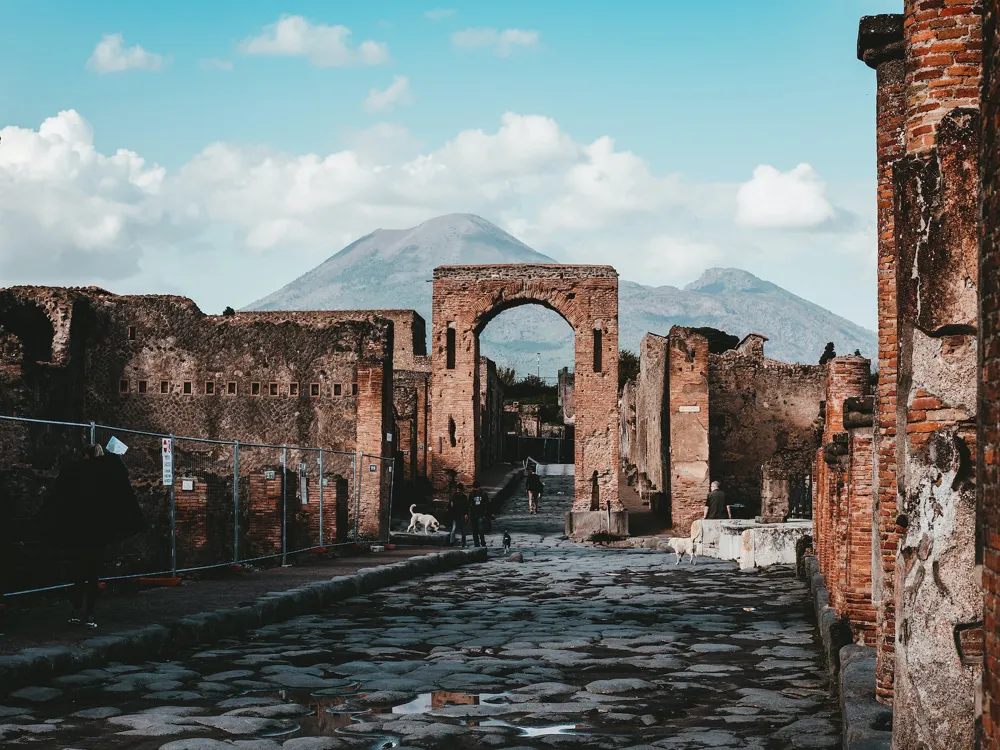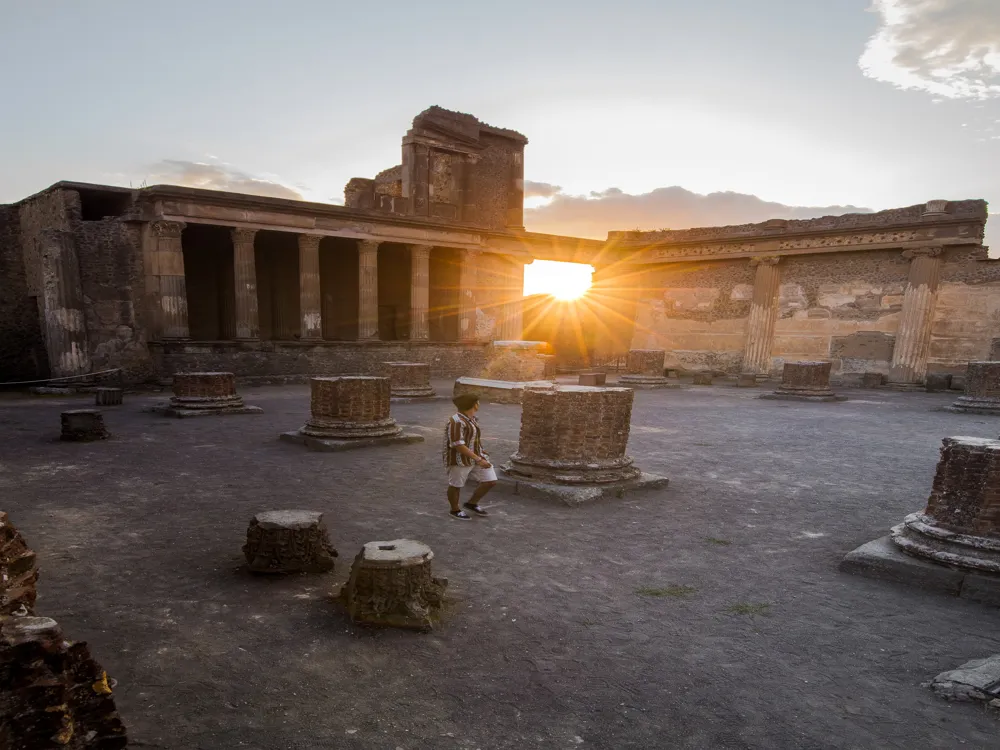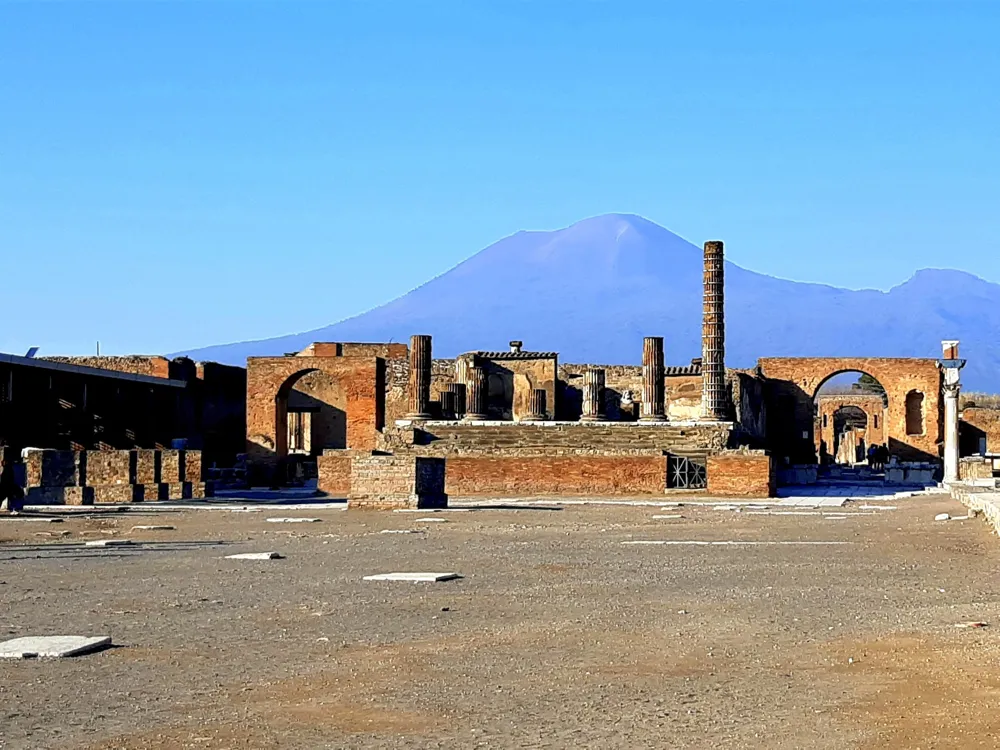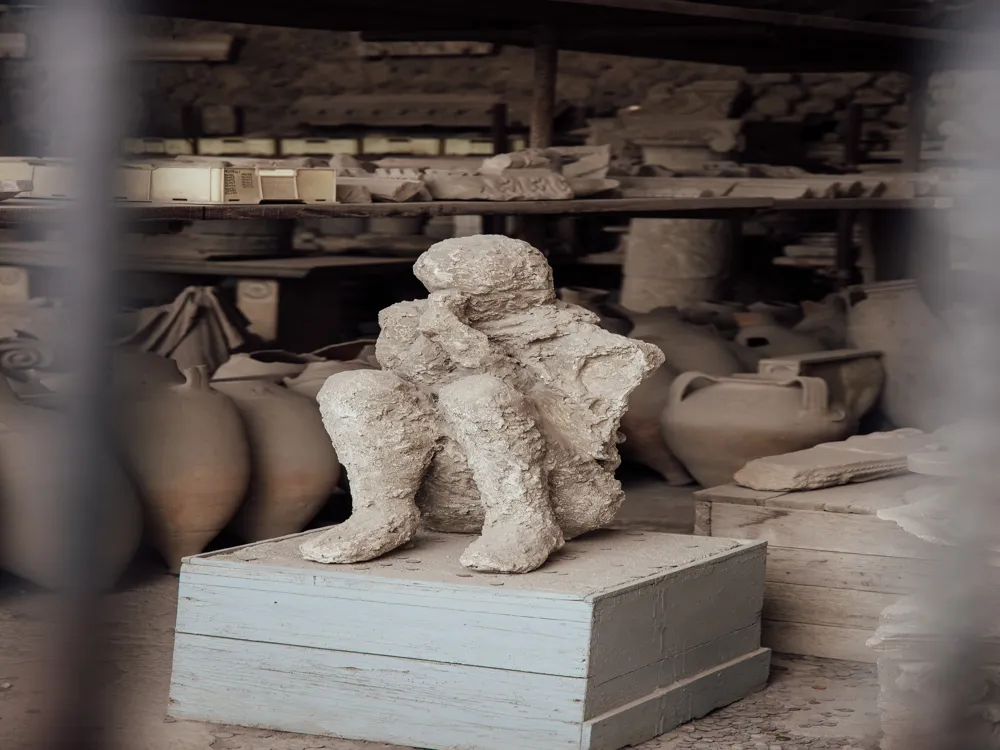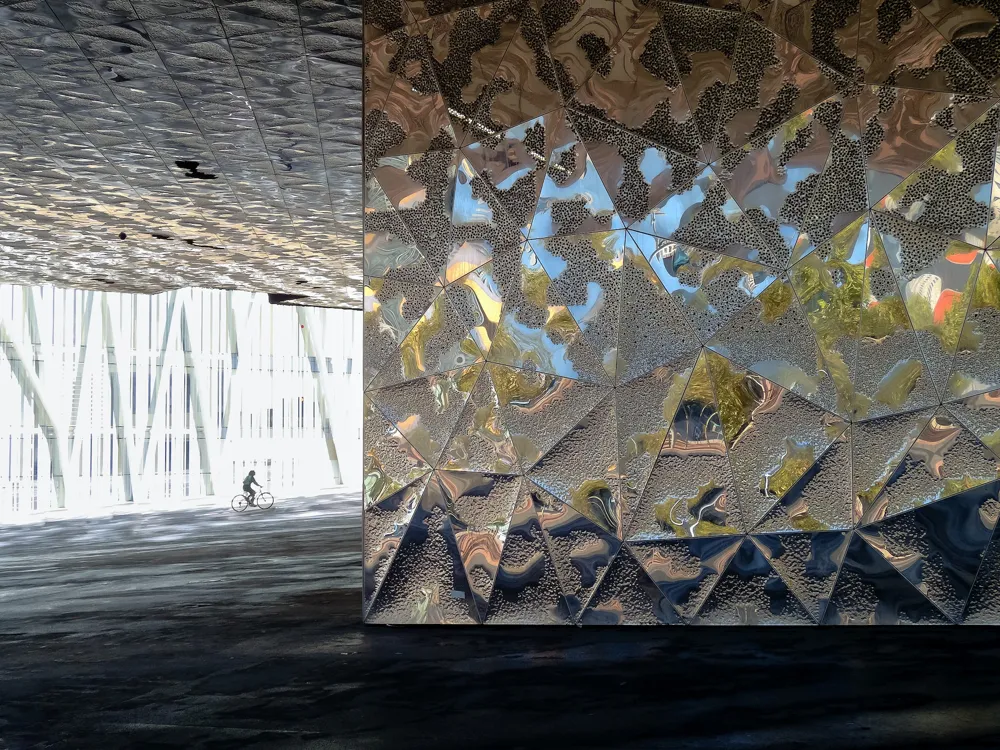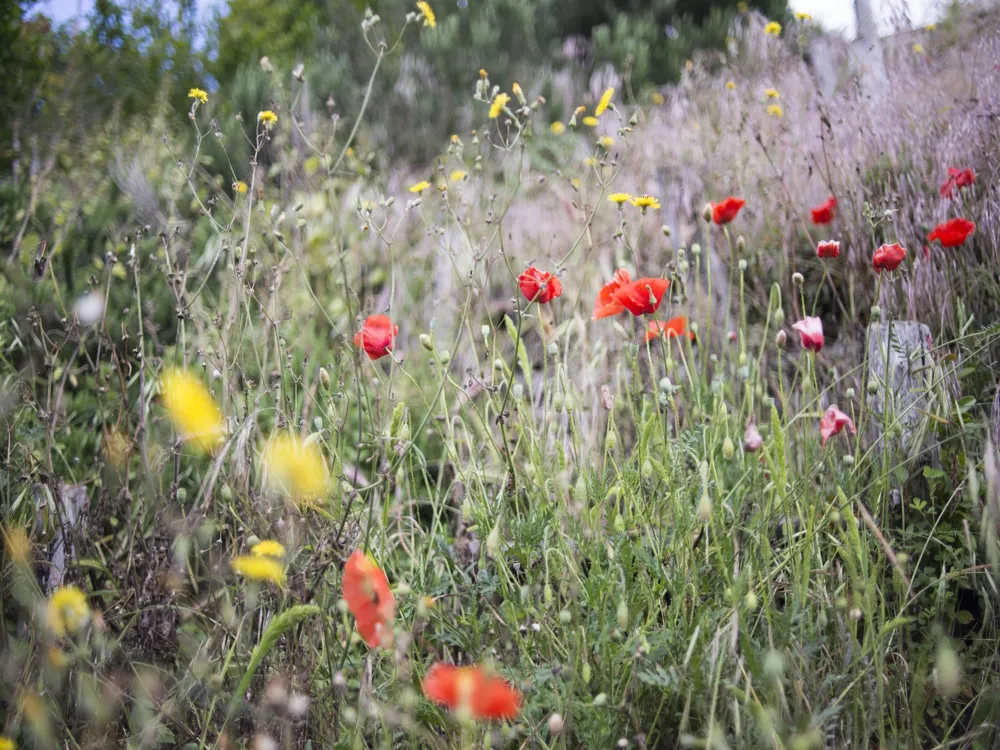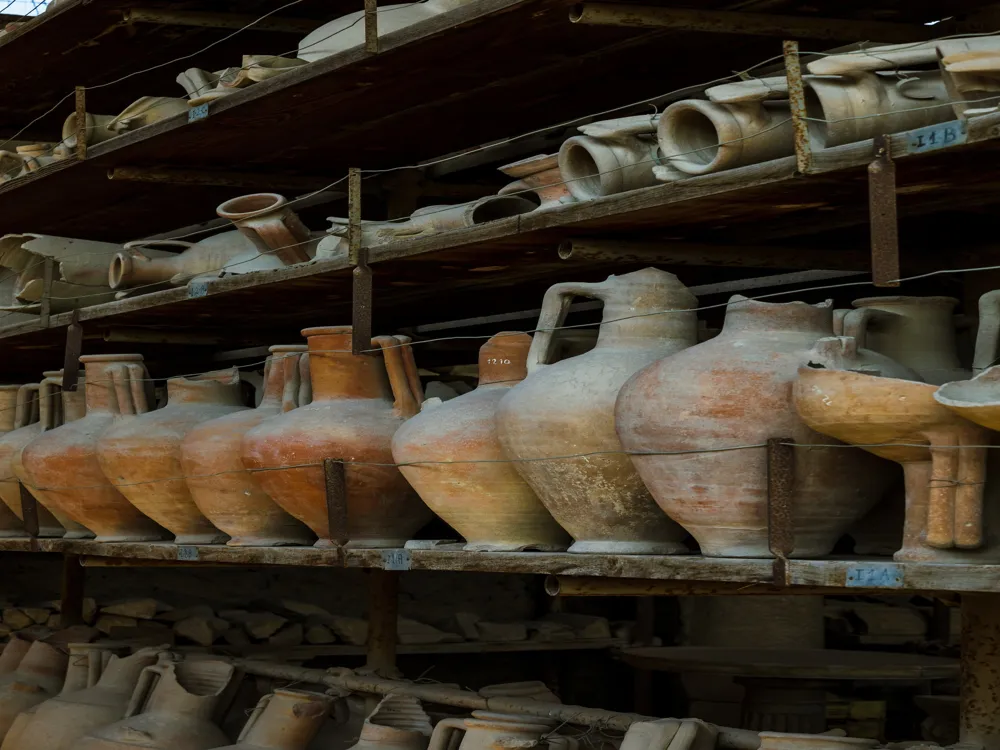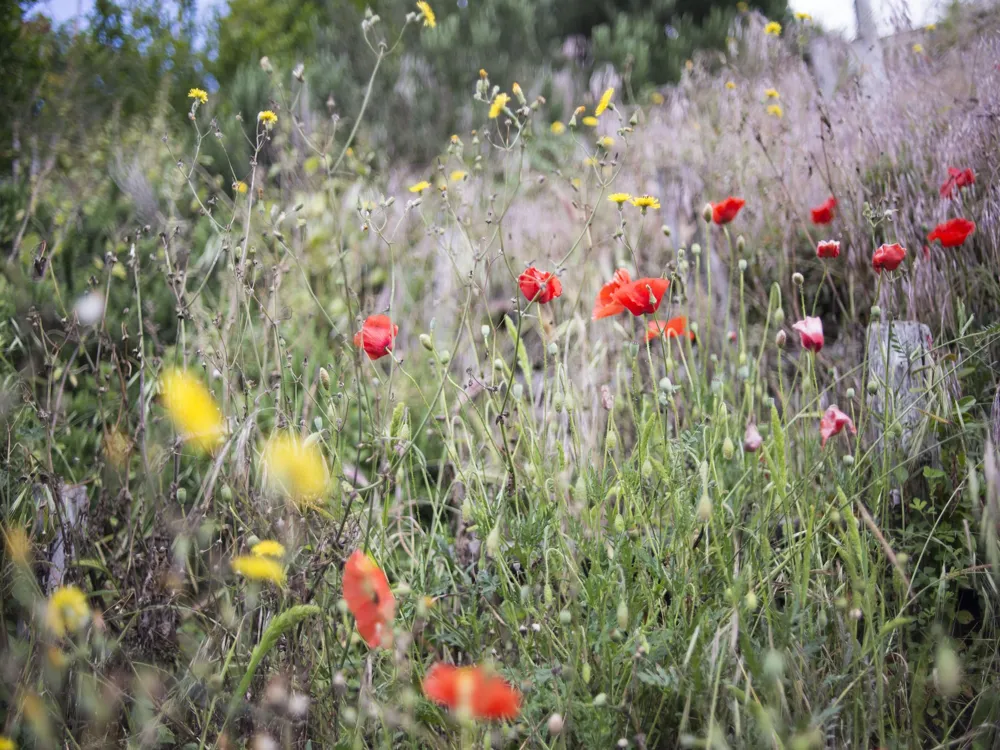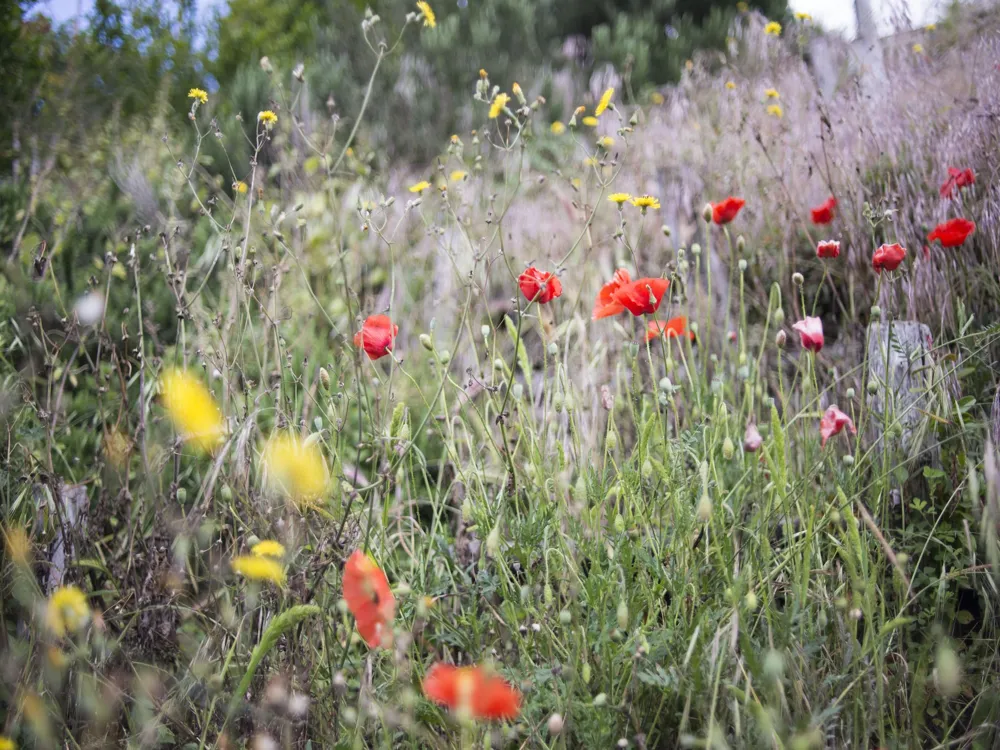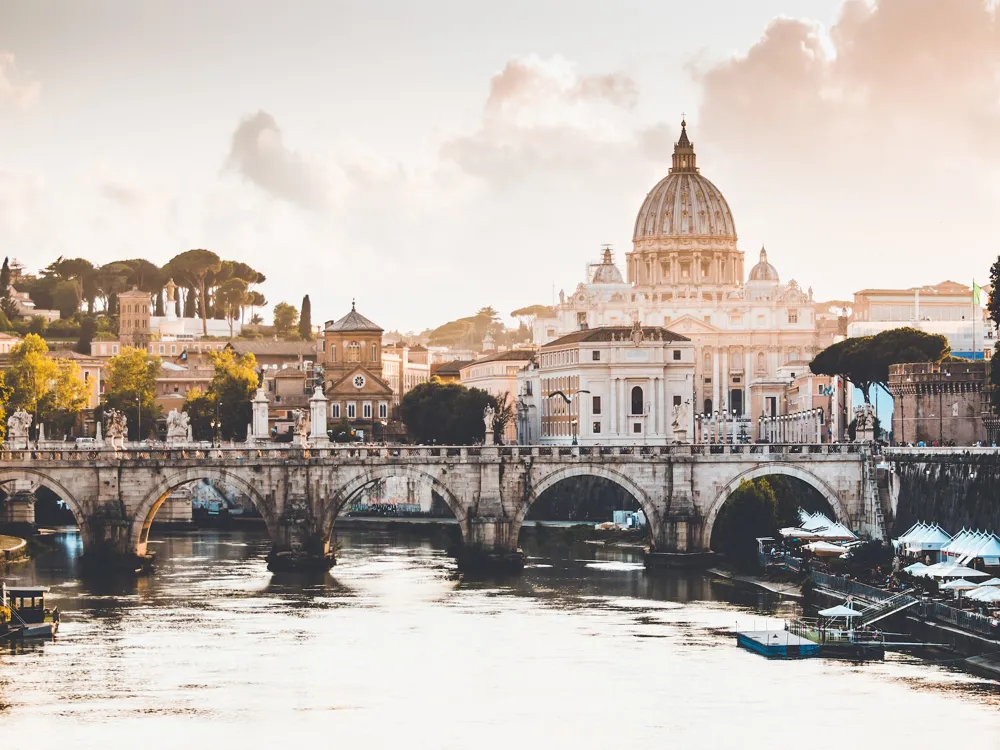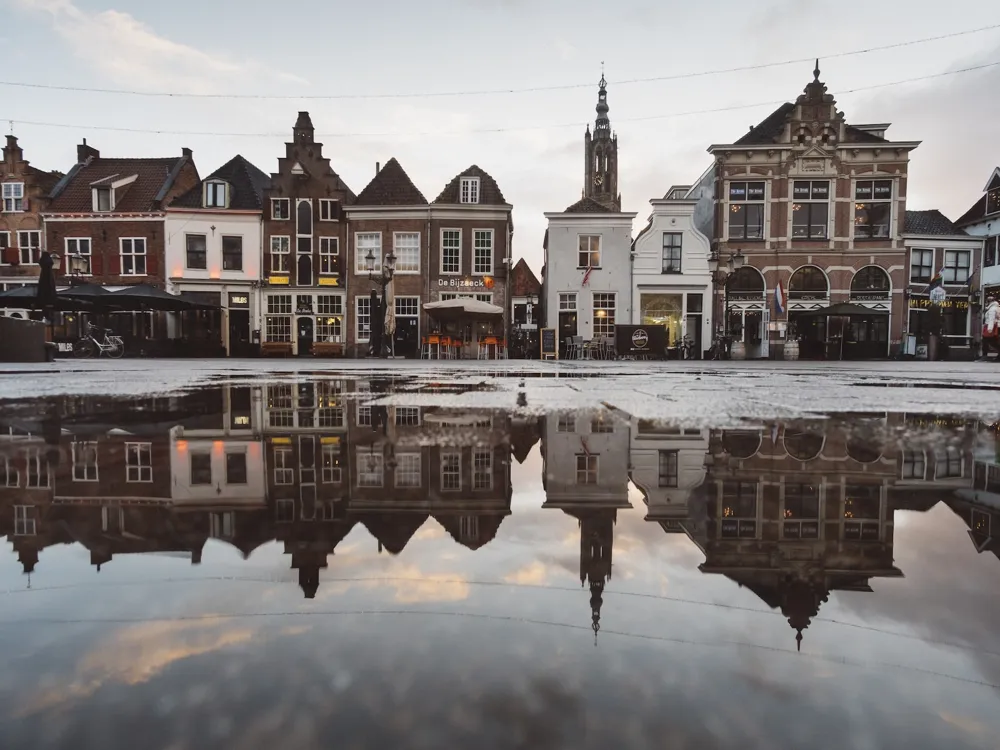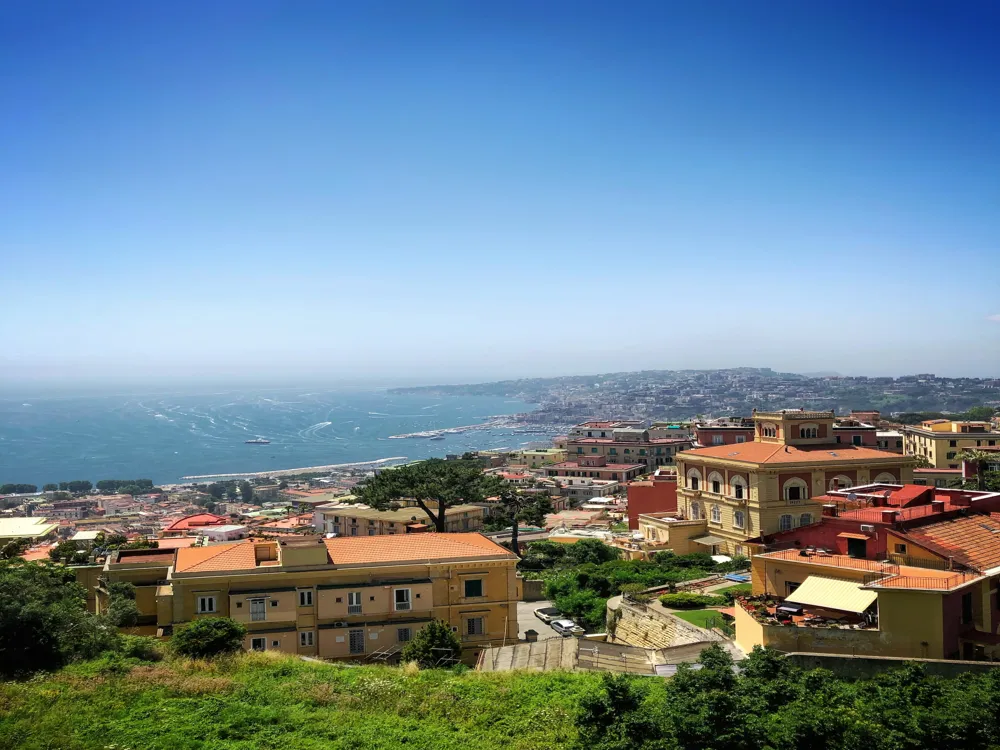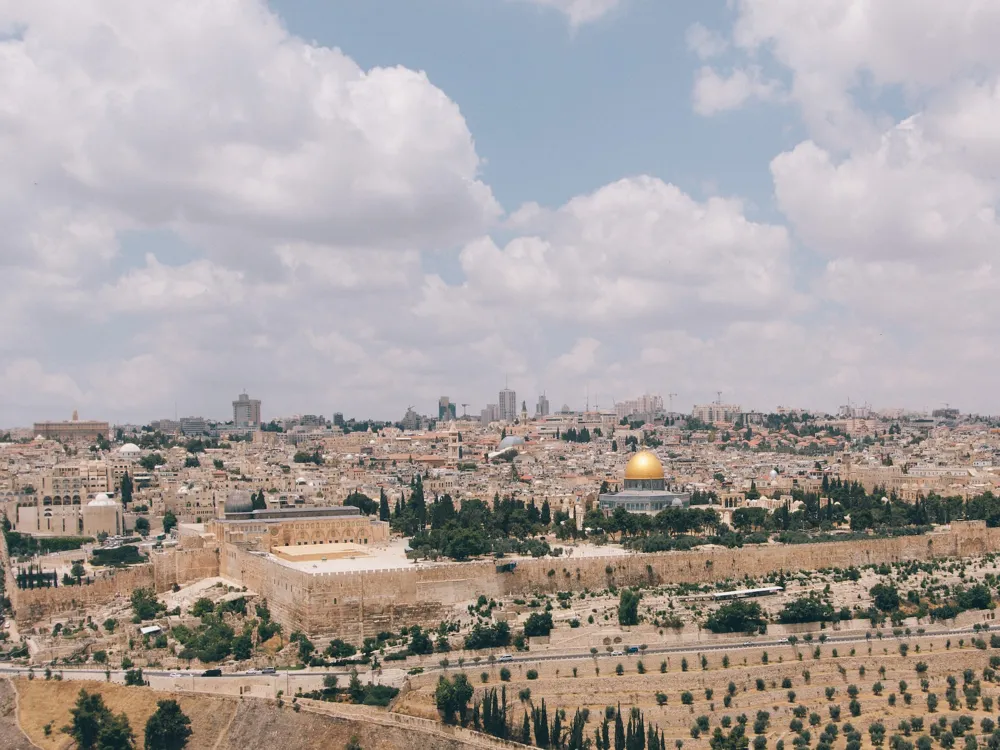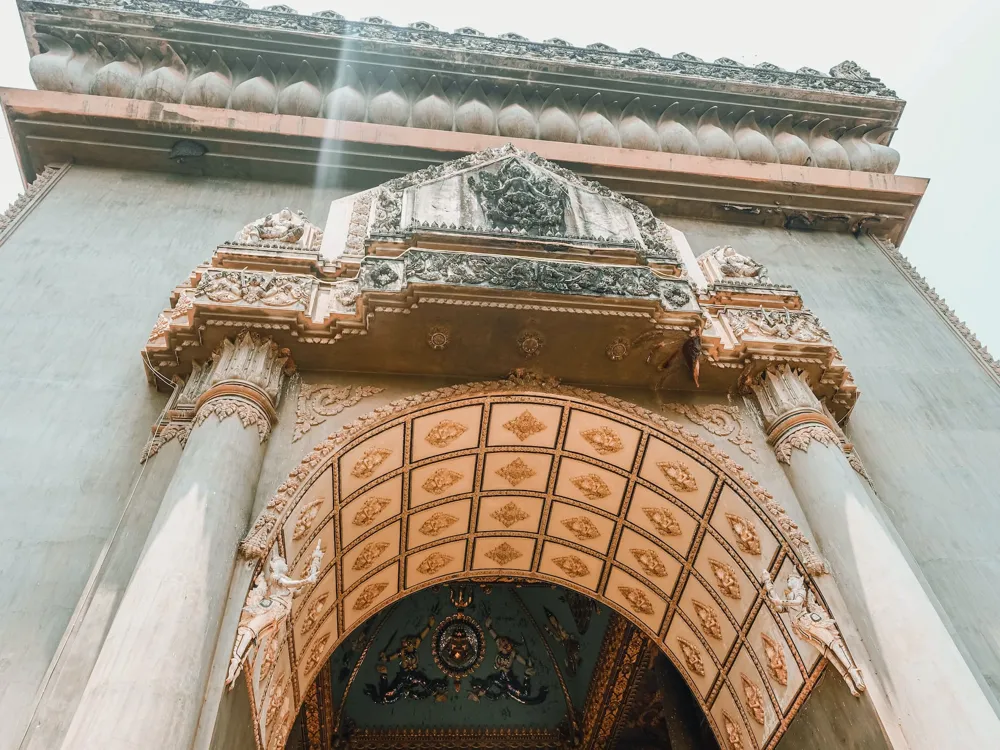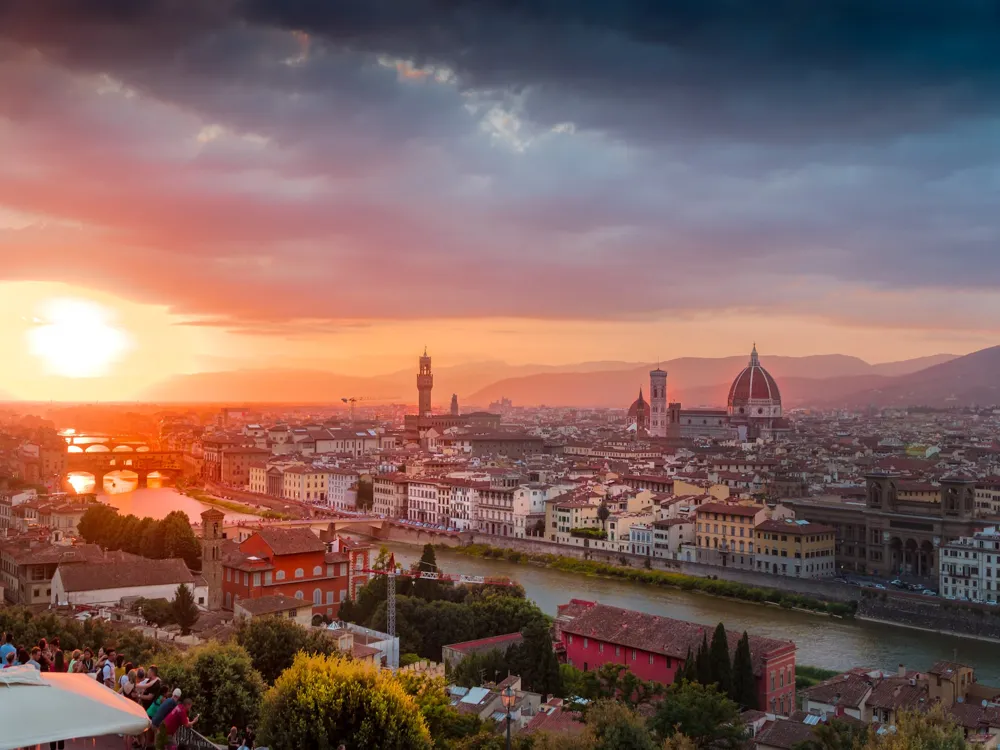Best Time to Visit Pompeii
Italy
5 out of 94 Places to visit in ItalyNaN onwards View Packages
Get Customized PackagesThe Land of Diversity
Top Hotel Collections

Private Pool

Luxury Hotels

5-Star Hotels

Pet Friendly
What is the Best Time to Visit Pompeii?
Pompeii, the ancient city frozen in time by the eruption of Mount Vesuvius, is a mesmerizing archaeological site that attracts millions of visitors annually. Choosing the right time to visit can significantly enhance your experience, ensuring you witness the historic ruins in their full glory. Let's delve into the optimal periods to explore Pompeii.
More about Best Time to Travel to Pompeii
Travel Peak Season in Pompeii
Best Months: May to September
Embarking on a Pompeii journey during the peak season, from May to September, offers a myriad of advantages. The weather is ideal, with sunny days and pleasant temperatures ranging from 70°F to 85°F (21°C to 29°C), creating the perfect conditions for immersive exploration. During these months, you'll witness the cityscape against a backdrop of clear skies, enhancing the overall visual experience.
Travel Offseason in Pompeii
Best Months: October to April
For those who prefer a more tranquil and serene visit, the offseason, spanning from October to April, is an excellent choice. While the weather may be cooler, ranging from 50°F to 65°F (10°C to 18°C), the lack of crowds allows for a more intimate connection with Pompeii's history. The absence of queues provides an unhurried exploration, enabling you to absorb the rich heritage at your own pace.
Pompeii Travel Packages
View All Packages For Pompeii
Pompeii in Shoulder Season
Best Months: April, May, September, October
Shoulder seasons, including April, May, September, and October, present a harmonious blend of favorable weather and fewer tourists. This strategic timing allows you to enjoy Pompeii with milder temperatures and reduced crowds, striking a balance between the vibrancy of peak season and the tranquility of the offseason.
Pompeii in Hot Season
Best Months: June to August
While the summer months from June to August constitute the hot season, characterized by temperatures soaring above 85°F (29°C), the allure of extended daylight hours provides an opportunity for extended exploration. Ensure you stay hydrated and take advantage of early morning or late afternoon visits to avoid the peak heat.
Pompeii in Rainy Season
Best Months: November to February
The rainy season, spanning from November to February, brings occasional showers to Pompeii. While precipitation may deter some visitors, the upside lies in the lush greenery that blankets the ruins, creating a unique aesthetic. Pack accordingly, and you'll be rewarded with a distinct perspective of Pompeii's ancient charm.
Pompeii in Cool Season
Best Months: March, November
The cool season, specifically March and November, offers a comfortable climate for exploration. With temperatures ranging between 50°F to 70°F (10°C to 21°C), you can traverse the archaeological wonders without the intensity of the summer heat or the occasional chill of winter.
In conclusion, choosing the best time to visit Pompeii depends on your preferences, whether you seek vibrant energy, solitude, or a balance of both. Each season unveils a different facet of this archaeological marvel, ensuring an enriching experience for every traveler.
Places To Visit In Pompeii
View All Places To Visit In PompeiiNearby Places Pompeii
Pompeii Photos
View All Photos For PompeiiBrowse Package Collections
Browse Hotel Collections
Faq
When is the best time to visit Pompeii to avoid crowds?
The best time to visit Pompeii with fewer crowds is during the off-peak seasons, which are typically from November to March. Weekdays also tend to be less crowded compared to weekends.
What is the peak tourist season in Pompeii?
The peak tourist season in Pompeii is during the summer months, from June to August. Expect larger crowds, higher temperatures, and longer wait times during this period.
Are there specific months with better weather for visiting Pompeii?
The months of April, May, September, and October are considered ideal for visiting Pompeii due to milder temperatures and a more comfortable climate.
Is it advisable to visit Pompeii during the winter months?
While the winter months (December to February) are less crowded, be aware that some facilities may have reduced hours, and weather conditions can be unpredictable. However, the atmosphere is quieter and more intimate during this time.
What time of day is recommended for visiting Pompeii?
Early mornings, right at the opening time, are advisable to beat the crowds and experience a more peaceful visit. Additionally, late afternoons offer a quieter atmosphere as many tourists start to leave.

